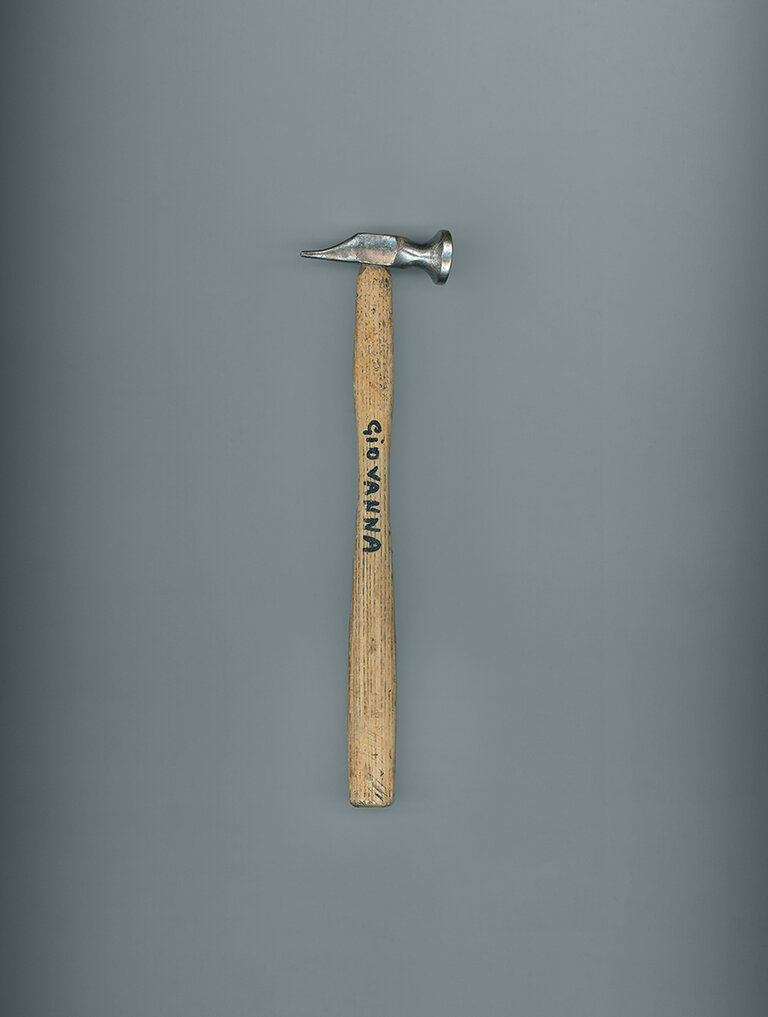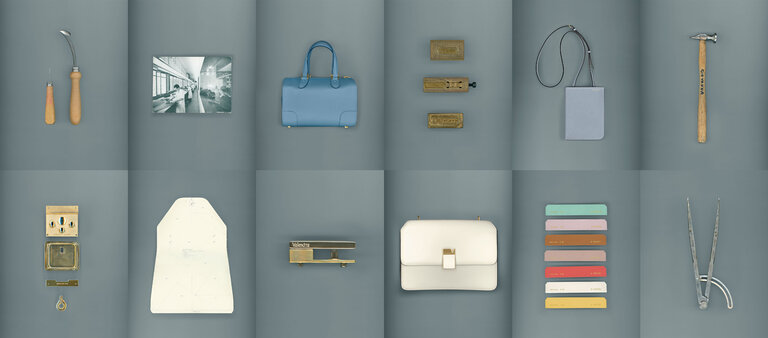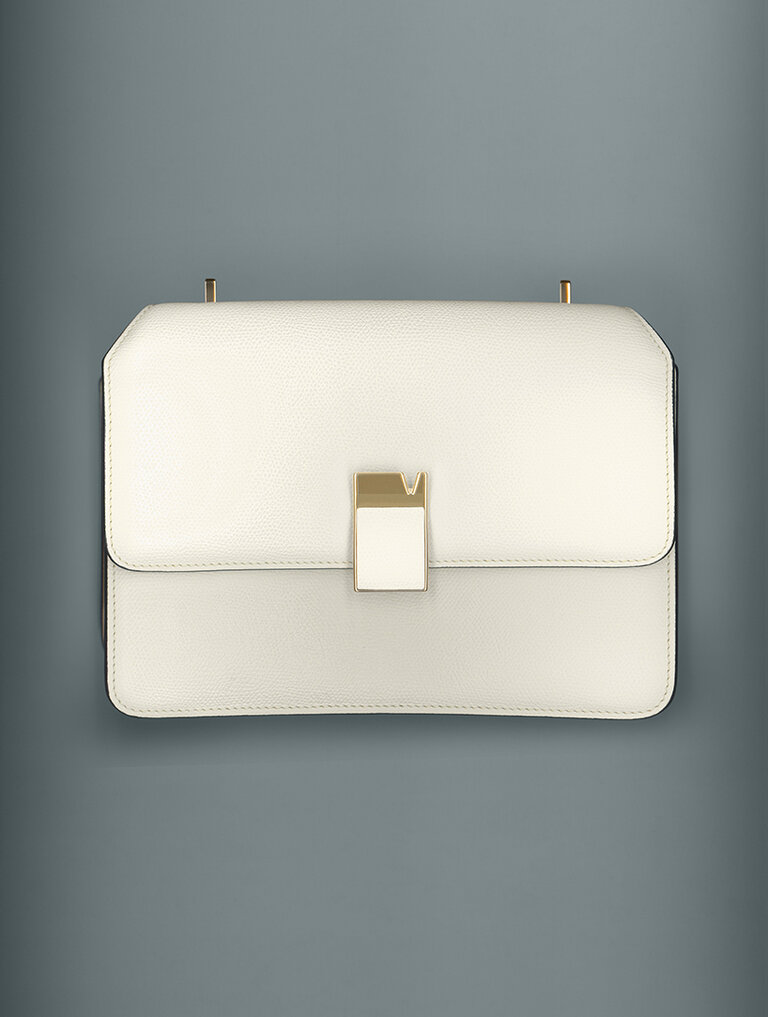

Valextra Meets Katerina Jebb
Our collaborator on The Sum Of Its Parts project talks us through her process.

Katerina Jebb is known for devising a system whereby she employs a digital scanner to create artworks of humans and objects. This system, known as Scanography, was used to document the Valextra campaign .
For Valextra’s The Sum Of Its Parts project, we asked Jebb to bring her strict point of view to our functional objects of desire. Here, she discusses her process.
Valextra: Katerina, thank you for joining us at the Valextra Journal. Your signature medium of scanography is very well known, what first attracted you to work in this way?
Katerina Jebb: I’m interested in innovation and other ways of seeing.
I use technology to create images and have been working with digital scanning machines for thirty years. The medium of scanography produces a pure visual representing only the object floating within a grey aura.
V: Can you tell us about your process for this project with Valextra?
KJ: I employ a digital scanner and I scan the objects; it’s a relatively simple procedure which renders an exact copy, a facsimile of the object laying upon the glass plate of the scanner. The resulting images are unadorned and straightforward, thus placing the subject matter in a dominant position.
V: Your work has taken you all over the world – what location has had the greatest creative impact on you?
KJ: The Vatican.


V: Where do you go and what do you do when you are looking for inspiration?
KJ: I don’t look for inspiration. Inspiration is an unpredictable energy which appears when one is feeling open to receive it.
V: Many of the objects are important historical artefacts housed in the Valextra archive. Why is it important to ensure they are remembered through new artistic mediums?
KJ: Making an inventory of historical tools used for decades to create something by hand is an honourable pursuit. In contemporary life, ‘handmade’ signifies human input which is far more precious than something produced by a robot in a factory. I appreciate that quality is a defining characteristic and that we can respect the time-honoured tradition of craftsmanship. One is aware of the precision and dedication in the construction of these bags and the fact that they are made to last for a very long time.
V: Was there a particular piece that caught your attention?
KJ: There is a James Bond-type briefcase dating from 1954 which has a case hidden inside . It’s a surreal and beautiful object.
V: What is the energy that attracts you to a project or to start a new work of art?
KJ: Intuition.